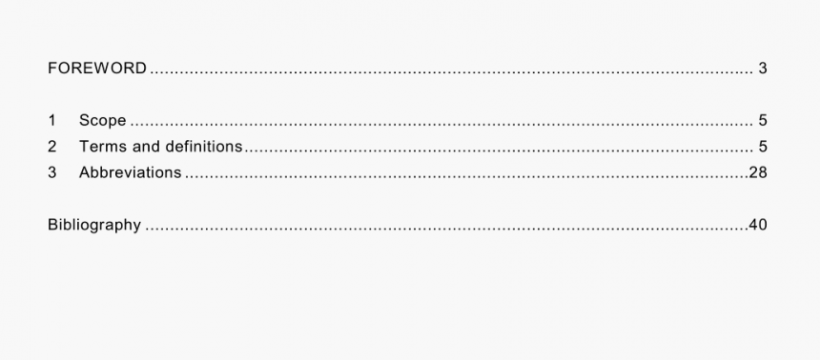IEC 61850-2:2003 pdf free download
IEC 61850-2:2003 pdf free download.Communication networks and systems in substations
2.39 function(s)
task(s) performed by the substation automation system i.e. by application functions. Generally,functions exchange data with other functions. Details are dependant on the functions involved.Functions are performed by IEDs (physical devices). A function may be split into parts residing in different IEDs but communicating with each other (distributed function) and with parts of other functions. These communicating parts are called logical nodes.
In the context of this standard, the decomposition of functions or their granularity is ruled by the communication behaviour only. Therefore, all functions considered consist of logical nodes that exchange data. Functions without an explicit reference to logical nodes mean only that in the actual context, the logical node modelling of these functions is of no importance to the standard [IEC 61850-1]
2.47 hold point
point, defined in the appropriate document, beyond which an activity must not proceed without the written approval of the initiator of the conformance test. The test facility must provide a written notice to the initiator at an agreed time prior to the hold point. The initiator, or his representative, is obligated to verify the hold point and approve the resumption of the testing [IEC 61850-10]
2.50 lED-parameter set
all the parameter values needed for the definition of the behaviour of the IED and its adaptation to the substation conditions. Where the IED has to operate autonomously, the lED-parameter- set can be generated without system parameters using an lED-specific parameterisation tool. Where the IED is a part of the SAS, the lED-parameter set may include system parameters, which must be co-ordinated by a general parameterisation tool at the SAS level [IEC 61850-4]
2.62 interface related station level
functions functions representing the interface of the SAS local station-operator HMI to a remote control centre T ele-Control Interface (TCI) or to the remote engineering T ele-Monitoring Interface (TMI) for monitoring and maintenance purposes. These functions communicate via the logical interfaces 1 and 6 with the bay level and via logical interface 7 to technical services and via the remote control interface to the outside world. Logically, there is no difference if the HMI is local or remote. In the context of the substation, there exists at least a virtual interface for the SAS at the boundary of the substation. The same is true for both the TCI and TMI. These virtual interfaces may be realised in some implementations such as proxy servers [IEC 61850-5]
IEC 61850-2:2003 pdf free download
